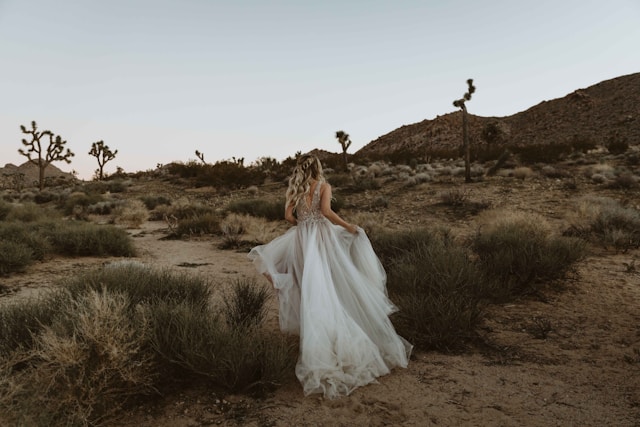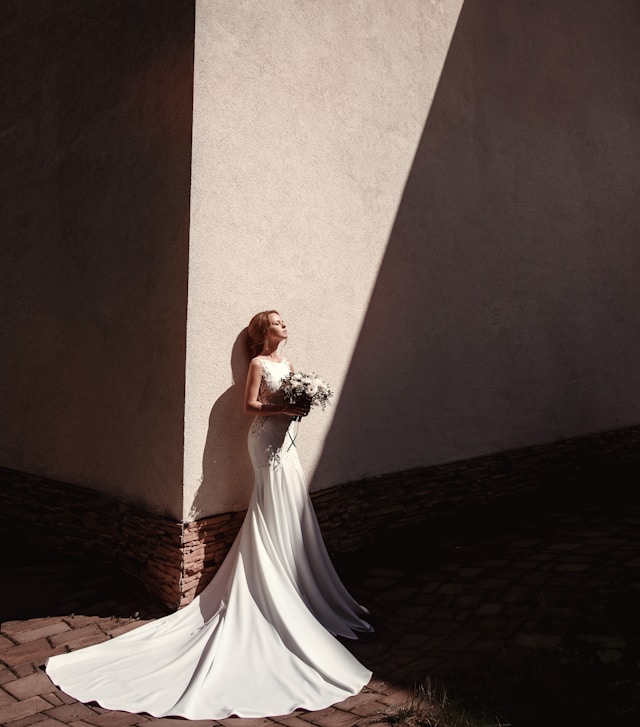The institution of marriage has long been accompanied by traditions and rituals, many of which are reflected in the attire worn by brides throughout history. From the opulent gowns of the Victorian era to the sleek, contemporary designs of today, the evolution of wedding fashion tells a captivating story of societal norms, cultural influences, and individual expression.
Victorian Splendor: The Birth of Bridal Elegance
The Victorian era, spanning from the early to late 19th century, is renowned for its grandiose weddings and elaborate bridal attire. Queen Victoria’s iconic white satin and lace gown, worn for her marriage to Prince Albert in 1840, set a precedent for generations to come. White became synonymous with purity and innocence, and lavish fabrics such as silk, satin, and lace adorned the gowns of affluent brides.
The Roaring Twenties: Flappers and Fashion Rebellion
The 1920s marked a departure from the ornate styles of the Victorian era, as societal attitudes shifted and women embraced newfound freedoms. Flappers rebelled against traditional norms with their shorter hemlines, dropped waists, and embellished headpieces. Bridal fashion reflected this spirit of liberation, with dresses featuring sleek silhouettes, beaded fringe, and Art Deco motifs.

Mid-Century Glamour: Hollywood Influence and the Princess Bride
The post-World War II era brought about a return to glamour and romance in wedding fashion, fueled in part by Hollywood’s golden age. Celebrities like Grace Kelly and Audrey Hepburn captivated audiences with their fairytale weddings and exquisite gowns. Brides sought to emulate their favorite stars, opting for voluminous skirts, cinched waists, and delicate lace details reminiscent of a bygone era.
The Swinging Sixties to Present: Embracing Diversity and Individuality
The latter half of the 20th century witnessed a kaleidoscope of bridal styles, reflecting the social and cultural revolutions of the time. From the bohemian chic of the 1960s to the minimalist sophistication of the 1990s, each decade brought its own interpretation of bridal fashion. Today, brides have an unprecedented array of options, from traditional ballgowns to sleek jumpsuits, allowing them to express their unique personalities on their special day.
Conclusion: A Tapestry of Tradition and Innovation
The evolution of wedding fashion is a testament to the ever-changing landscape of love, marriage, and societal values. From the opulence of the Victorian era to the diversity of styles in the modern age, bridal fashion continues to evolve, reflecting the hopes, dreams, and aspirations of each new generation of brides.
